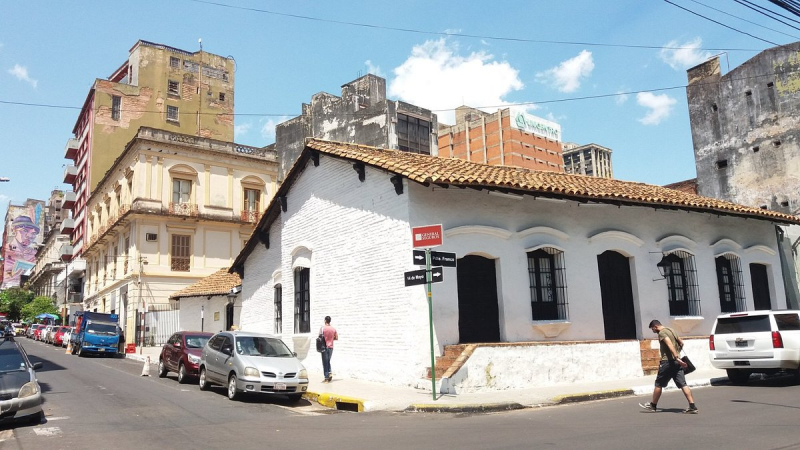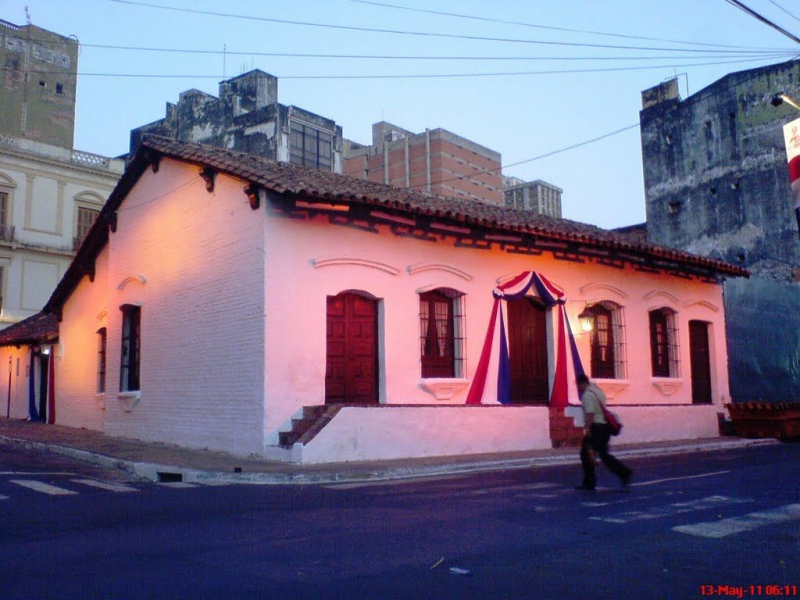Casa de la Independencia
The Casa de la Independencia's simple form and construction do not honor the historical significance it holds in Paraguay. Antonio Martnez Sáenz bought the house in 1772 and fortified the mud walls and thatched roof with bamboo and palm wood, a common building technique still employed in many rural areas of the region. The house's only function at the time was to provide a home for Sáenz and his wife, Petrona Caballero de Bazán, to raise their children.
Pedro Pablo and Sebastián Antonio, their children, were the ones who put this house at the heart of a political process that would change Paraguay's history. After inheriting the mansion, the two brothers began holding covert meetings with various figures who were involved in the country's political turmoil. Captain Pedro Juan Caballero, Captain Juan Bautista Rivarola, Lieutenant Mariano Recalte, and Fulgencio Yegros, all known Paraguayan patriots, were among those who attended the clandestine meetings at the Casa de la Independencia. Their efforts resulted in the establishment of the Republic of Paraguay in 1813 and the declaration of independence in 1842.
The Casa de la Independencia Museum now occupies the space. Furniture, artwork, firearms, and everyday goods from the 1800s are on display. The office, which is one of the museum's chambers, houses original Revolutionary War documents signed by patriots. The structure itself is one of the cities of Asunción's few remaining remnants of colonial architecture. The Casa de la Independencia is located at the crossroads of 14 de Mayo and Presidente Franco streets. Monday through Friday, and Saturday mornings, the museum is open.







